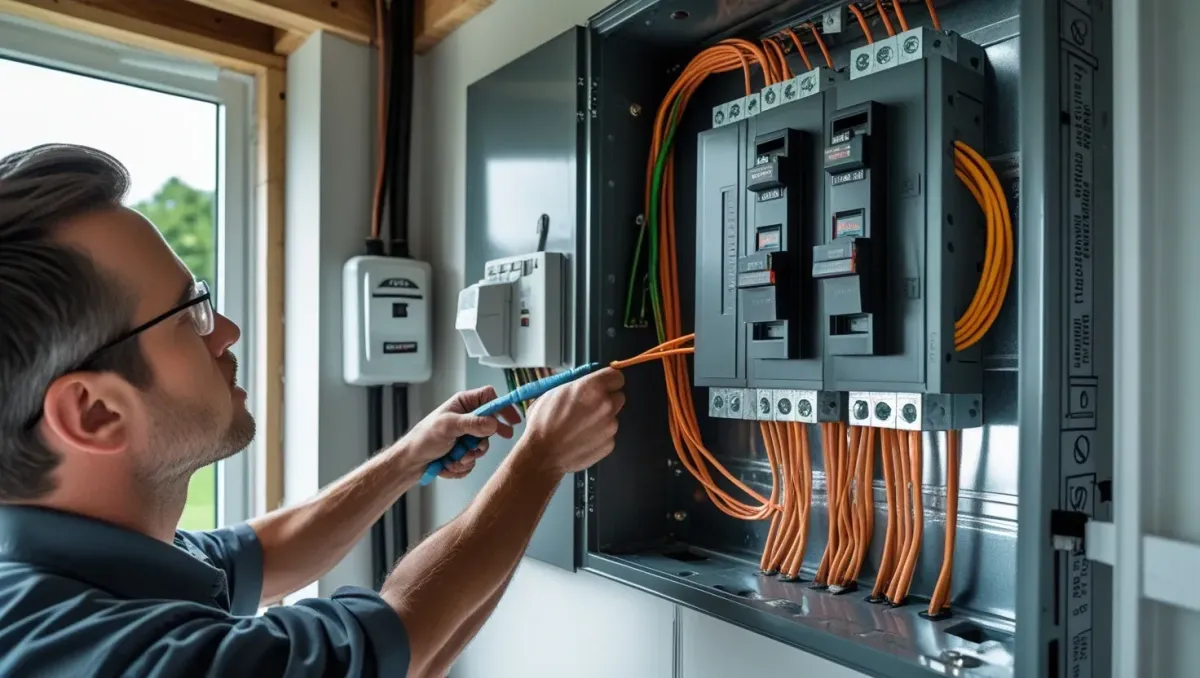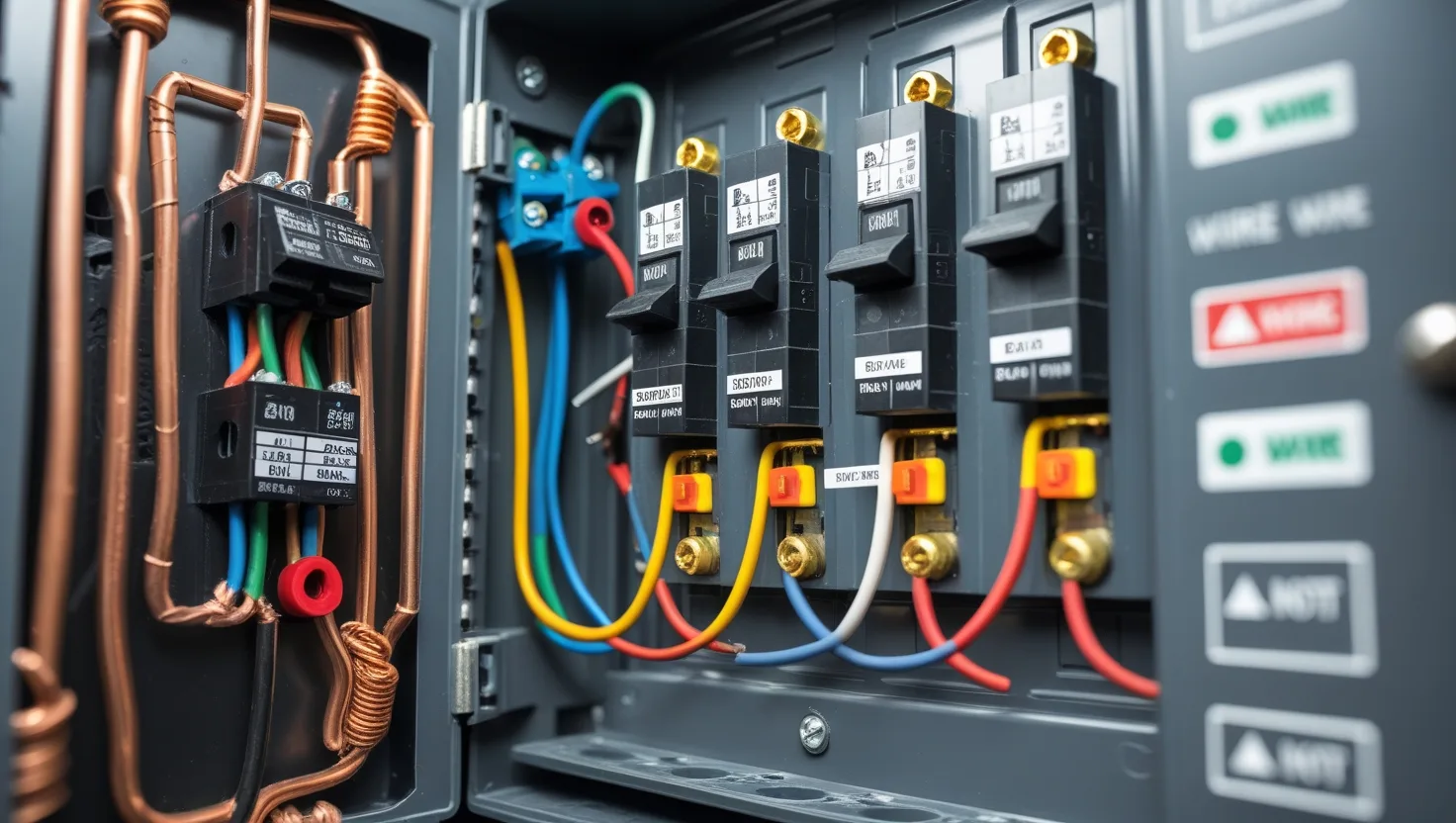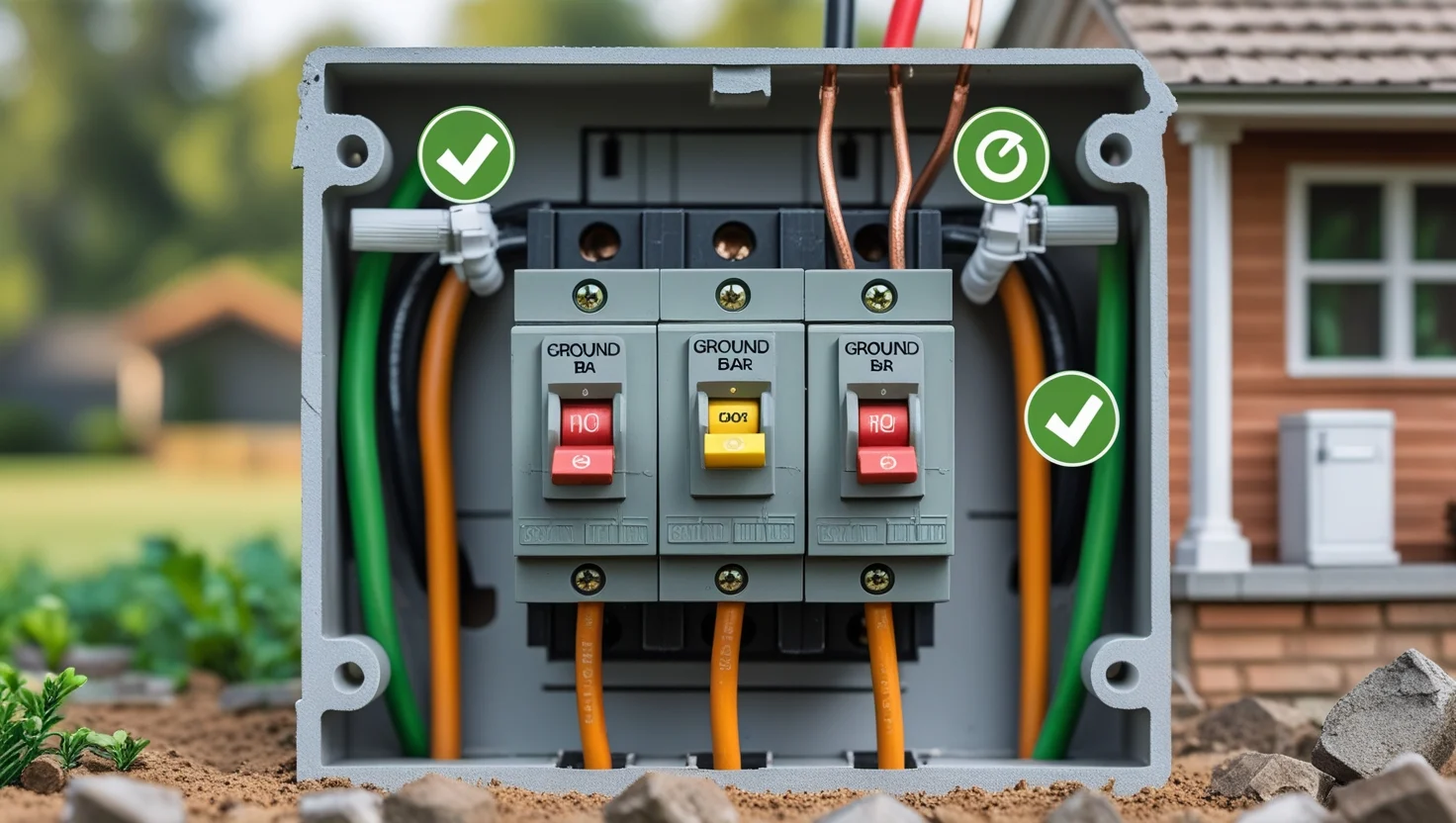
Installing Main Electrical Panel Made Easy
Why Upgrading Your Electrical Panel Is a Smart Move
As homes use more devices and appliances, the need for a stronger electrical system grows. Many older homes have small or outdated panels that can't keep up. That's why more people are looking into installing main electrical panels. A modern panel gives you more power, better safety, and room for future upgrades. It helps stop overloaded circuits and reduces the chance of fire. Whether you’re adding a home office, new kitchen appliances, or an EV charger, a strong panel is a must. This is where good planning and expert help really matter.

What a Main Breaker Panel Does and Why It Matters
A main breaker panel is like the heart of your home’s power system. It takes electricity from the utility company and sends it to different parts of your home. Inside the panel, you’ll find the main breaker, which can turn off all the power at once. You’ll also see individual circuit breakers for each room or major appliance. These breakers stop the power if something goes wrong, like too much current or a short. That’s why it’s so important to make sure your breaker panel works well and is installed the right way.
Installing Main Electrical Panel: What You Need to Know
Before the job begins, a licensed electrician checks your home’s wiring and power needs. Then they pick the right size panel, often rated for 100 to 200 amps. Safety comes first, so the power must be shut off at the meter. The old panel is removed carefully, and the new one is placed in the same spot or a better location. Wires are labeled and moved one by one. The main breaker is hooked up to the incoming power. Then each circuit is connected to its own breaker. After a full check, the power is turned back on.
How to Install a Breaker Panel Step by Step
Here are simple steps to help explain how professionals install a breaker panel:
Turn off the main power at the meter for safety.
Remove the old panel and label all wires.
Mount the new panel box securely to the wall.
Insert the main breaker and attach the incoming service wires.
Connect the ground and neutral bars to the right wires.
Install individual circuit breakers and attach branch wires.
Organize wiring using a breaker panel wiring diagram as a guide.
Test each circuit and check for proper function.
Seal the panel cover and label each breaker clearly.
Restore power and inspect for code compliance.
Every step must be done with care. Hiring a pro ensures safety and code approval.

Understanding Breaker Panel Wiring and Diagrams
Inside every panel, wires connect in an organized way. The main wires bring power into the panel. Then, neutral wires go to one bar, and ground wires go to another. The hot wires connect to circuit breakers. These breakers snap into the panel board and control power to rooms or devices. To make sense of it all, electricians use a breaker panel wiring diagram or a panel board wiring diagram. This shows where each wire should go. Following the diagram prevents mistakes and makes it easier to fix problems later on.
Key Tips on How to Wire a Breaker Panel Safely
Wiring a breaker panel takes skill and care. Here are helpful tips:
Label wires clearly before moving them into the new panel.
Keep wires neat to avoid confusion or fire risk.
Use proper torque tools when tightening connections.
Don’t mix up ground and neutral wires they have different jobs.
Always follow the breaker panel wiring diagram.
Check the panel amperage before adding circuits.
Hire a licensed electrician this is not a DIY job for beginners.
Proper wiring ensures your home stays safe and your panel works as it should.

Circuit Breaker Panel Wiring Best Practices
Good wiring starts with the right materials. Electricians use copper or aluminum wires, depending on the circuit’s needs. Circuit breakers must match the panel type and wire size. For instance, a 15-amp breaker should only have a wire rated for that load. Wiring should not be too tight or too loose. Ground and neutral wires must be kept separate, especially in subpanels. A neat layout makes the panel easier to service later. Circuit breaker panel wiring done right means fewer problems, better safety, and code compliance for your home.
Adding a Breaker to a Panel Without Causing Trouble
Sometimes you need more power for a new room, garage, or appliance. This means adding a breaker to a panel. Before doing this, check if your panel has room. Don’t overload it. Choose the right breaker type for your panel. Turn off the main breaker, then install the new one carefully. Hook up the wire, tighten the screw, and label it. Be sure the breaker you use fits your panel model. Also, check local codes before starting. If done right, this simple upgrade keeps your power flowing without overloading your system.

Grounding a Circuit Breaker Box the Right Way
Grounding sends extra electricity safely into the earth. This stops shocks or fires if something goes wrong. To ground a circuit breaker box, electricians connect the ground bar to a grounding rod or cold water pipe. In some homes, grounding goes through the main panel to the earth outside. Ground wires are usually bare copper or green. They run to outlets, appliances, and light fixtures. Every panel must be grounded properly to meet code. A poorly grounded panel puts people and property at risk. That’s why it’s not something to skip or guess on.
Electrical Panel Installation Rules in Coeur d’Alene, ID
In Coeur d’Alene, ID, like most cities, you must follow strict rules when doing electrical panel installation. That includes getting a permit before work begins. Your electrician must follow the National Electrical Code (NEC) and any local changes. Inspections happen after installation to ensure everything is safe. Some homes need panel upgrades when remodeling or adding more circuits. Outdoor panels must be weatherproof. All materials must be UL-listed and approved. Sacconeelectric understands these local codes and helps customers pass inspection with ease.
Why Homeowners Trust Sacconeelectric for Safe Panel Installations
When it comes to electricity, people want someone they can trust. Sacconeelectric has years of experience installing new panels in homes and businesses. We use quality parts and follow safety codes on every job. Our team is trained in handling breaker box installation, main breaker panel wiring, and full upgrades. We label every wire, check every connection, and make sure your new panel is safe and strong. Whether you need to add a breaker or install a full panel, Sacconeelectric gets the job done right the first time.
Need a trusted local expert? Contact Sacconeelectric today for reliable electrical panel service that keeps your home safe and future-ready.